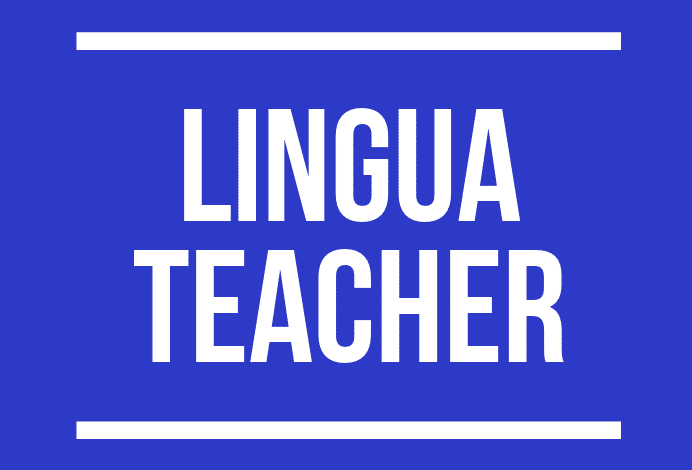LEARNING SPANISH WITH AI
At LinguaTeacher, we harness the power of Artificial Intelligence to provide an immersive, personalized, and interactive experience in learning Spanish. Say goodbye to traditional, one-size-fits-all methods and hello to a tailored approach that adapts to your unique learning style, pace, and goals. Join us on a transformative journey to master Spanish with the innovative support of AI.


Personalized Learning Experience
One of the standout benefits of using AI in language learning is the ability to receive a fully personalized learning experience. At LinguaTeacher, our AI-driven platform assesses your initial Spanish proficiency using sophisticated diagnostic tools. From there, it crafts a customized learning path just for you. It considers your strengths, weaknesses, preferred learning pace, and even your interests. This means every lesson, exercise, and feedback loop is tailored, keeping you engaged and motivated. The AI continuously analyzes your progress, adjusting the curriculum to challenge you at just the right level, helping you learn Spanish more quickly and effectively than traditional methods.
Constant Accessibility and Support
AI makes learning Spanish accessible 24/7, eliminating limitations of time and location. Whether you’re an early bird or a night owl, LinguaTeacher’s AI platform is always available, ready to assist with learning new concepts or revising previous lessons. Additionally, AI-driven chatbots provide instant feedback and support, which is crucial for language learners who need frequent practice and timely correction to develop fluency. This continuous interaction ensures consistent practice, which is key to learning Spanish effectively. Alongside generating exercises and simulations that mimic real-life conversations, the system also helps in building confidence and reducing the fear of making errors in real scenarios.

Challenges of Learning Spanish
1. Why Learn Spanish?
Understanding the desire to learn Spanish stems from its status as the second most spoken language globally, with over 460 million native speakers. As the primary language in more than 20 countries and a significant language in the United States, Spanish offers extensive cultural and economic opportunities. Whether your interests lie in travel, business, cultural exploration, or personal development, Spanish acts as a key to unlocking rich experiences and interactions. Furthermore, learning Spanish also paves the way for understanding other Romance languages such as French and Italian, due to their linguistic similarities.
2. Benefits of Spanish Fluency
The advantages of being fluent in Spanish extend beyond simple communication. For professionals, it provides a competitive edge in the global market, especially in industries like healthcare, education, international business, and hospitality. In personal contexts, it enhances cognitive abilities by improving problem-solving skills, creativity, and multitasking, thanks to the mental exercise of switching between languages. Socially, Spanish fluency allows for deeper connections with Spanish-speaking communities, enriching one’s social life and understanding of diverse worldviews and ways of living.
3. Effective Spanish Learning Techniques
While traditional classes are effective, incorporating immersive and interactive methods can significantly enhance your ability to learn Spanish. Techniques such as language immersion trips, participating in Spanish-speaking social gatherings, and utilizing multimedia resources like films, music, and books cultivate a natural learning environment. Online platforms and mobile apps offer structured lessons and practical exercises tailored to individual progress levels, enhancing vocabulary, grammar, and conversational skills. Consistency and practice are key—regular exposure to Spanish in varied contexts solidifies understanding and fluency, making the learning process engaging and effective.
FAQ
How long does it typically take to become fluent in Spanish?
The time it takes to achieve fluency in Spanish varies based on several factors including initial language skills, learning environment, and the intensity of study. On average, with consistent study, you can expect to reach conversational fluency within 6 to 12 months.
What are the best resources for learning Spanish online?
There are numerous online resources to learn Spanish including Duolingo, Babbel, FluentU, and Rosetta Stone, which provide interactive lessons and exercises to help build vocabulary and grammatical skills effectively.
Is it essential to travel to a Spanish-speaking country to become fluent?
While travel can improve language skills significantly due to immersion, it’s not essential. Consistent practice using various learning materials and interaction with Spanish speakers online or in your community can also lead to fluency.
Are there any mobile apps that support Spanish learning on-the-go?
Yes, mobile apps like Duolingo, Memrise, and Anki are great for learning Spanish on-the-go, offering lessons that users can complete at their own pace, anywhere and anytime.
How can watching Spanish movies help in learning the language?
Watching Spanish movies helps learners to hear the language used in natural contexts, enabling them to understand conversational Spanish, pick up slang, and improve listening skills, which are crucial for real-life communications.
Can learning Spanish help in career advancement?
Yes, Spanish is a valuable skill in many fields such as healthcare, education, and international business. Fluency can open up more job opportunities and potentially lead to higher earnings.
Learn Spanish
Find out more about Spanish learning.
Spanish Theory
Find out more about Spanish grammar theory.
Spanish Exercises
Find out more about Spanish grammar practice and exercises.

